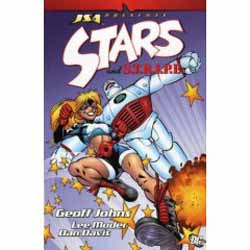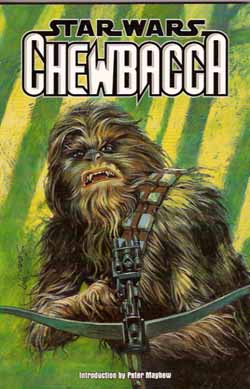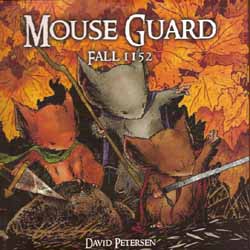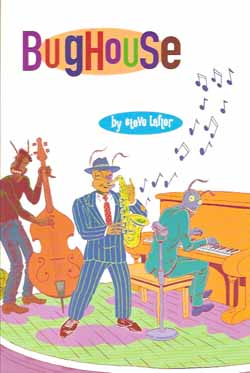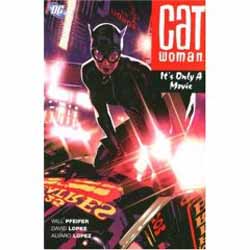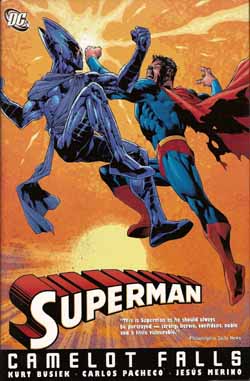
By Kurt Busiek, Carlos Pacheco & Jesus Merino (DC Comics)
ISBN 1-84576-434-X
After the never-ending calamity of DC Comics’Â Infinite Crisis event, the company re-set the time line of all their publications to begin one year later. This enabled them to refit their characters as they saw fit, provide a jumping on point for new converts and also give themselves some narrative wiggle-room.
The first major story-line for the Man of Steel (collecting Superman #654-658) in the post-Infinite Crisis world has him confronted by the morally ambivalent magician Arion, survivor of Ancient Atlantis (when it was above the waves and not filled with mermaids). The mighty mage informs him that his never-ending battle for Truth and Justice will incontrovertibly lead to the destruction of the Earth, and that he should cease his hero-ing immediately. And all this whilst the Man of Tomorrow has to sort out high-tech mobsters Intergang, a Soviet Superman-analogue called Subjekt 17 and brewing domestic strife with wife Lois and childhood sweetheart Lana Lang.
The “Superman is bad for Humanity†plot is one that older fans have lived through before, although the mechanics of it this time does offer a few little twists; but it still devolves into another yet “last-stand†in a dystopian alternate future, with lots of heroic noble deaths that haven’t really happened and never will.
I loathe this narrative trick. Whether it’s on Star Trek, or X-Men or where-ever, if you haven’t got the guts or the clout to actually kill off important characters, stop playing stupid, lazy mind-games with your audience. You insult our intelligence with glorious demises that are purely for show and can be unmade with a handy application of “And then we woke upâ€.
Beautifully illustrated, this is nevertheless a disappointing adventure, all style but displaying very little content. It also ends mid-story, which does nothing to sweeten the distaste. Surely the editors could have waited for the complete package before rushing out these slim 128 pages?
© 2006 DC Comics. All Rights Reserved.

